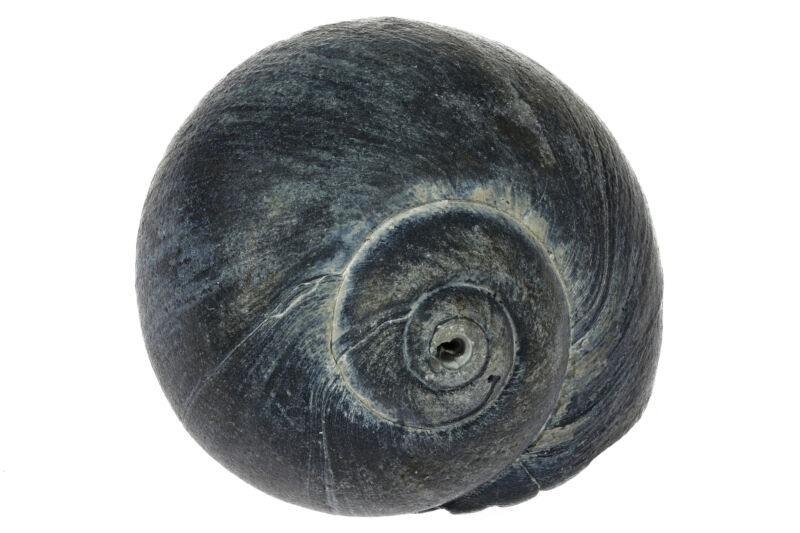
The version of evolution proposed by Charles Darwin focused on slow, incremental changes that only gradually build into the sort of differences that separate species. But that doesn't rule out the potential for sudden, dramatic changes. Indeed, some differences make it difficult to understand what a transitional state would look like, suggesting that a major leap might be needed.
A new study looks at one major transition: the shift from egg-laying to live births in a set of related snail species. By sequencing the genomes of multiple snails, the researchers identified the changes in DNA that are associated with egg-laying. It turns out that a large number of genes are associated with the change despite its dramatic nature.
Giving up eggs
The snails in question are in a genus called Littorina, which are largely distributed around the North Atlantic. Many of these species lay eggs, but a number of them have transitioned to live births. In these species, an organ that coats eggs with a protein-rich jelly in other species instead acts as an incubator, allowing eggs to develop until young snails can crawl out of their parent's shells. This is thought to be an advantage for animals that would otherwise have to lay eggs in environments that aren't favorable for their survival.
The egg laying species are so similar to their relatives that they were sometimes thought to just be a variant of an egg-laying species. All of which suggests that live birth has evolved relatively recently, giving us a good opportunity to understand the genetic changes that enabled it.
So, a large international team of researchers sequenced the genomes of over 100 individual snails, both egg-laying and live birth. The resulting data was used to analyze things like how closely related different species are, and what genetic changes are associated with live birth.
The results suggest that there are two separate clusters of species that reproduce through live births. Put differently, on an evolutionary tree of these snail species, there's a branch full of egg-laying species separating two groups that give birth to live snails. Typically, this structure is viewed as an indication that live births evolved twice, once for each of the two clusters.
But that doesn't seem to be the case here, for reasons that we'll get into.
Lots of variations
Separately, the researchers looked for regions of the genome that are associated with giving live births. And they found lots of them—88 in total. These 88 regions were identified in both clusters of live-birth species, and the DNA sequences within them were very similar. This suggests that these regions had a single origin and were maintained in both these lineages.
One possibility to explain this is that a population of live-birth animals reverted to egg-laying at some point in their evolution. Alternatively, hybridization between egg-layers and live-birthers could have let these variations spread within an egg-laying population and ultimately re-enable live births when enough of them were present in individual animals, producing a separate live-birth lineage.
The 88 regions identified as underlying live births have very little genetic diversity, suggesting that a specific genetic variant in each region is so advantageous that it swept through the population, displacing all other versions of the stretch of DNA. They have, however, picked up some distinct variations that are rare outside the egg-laying populations—enough to allow the researchers to estimate the age when these pieces of DNA came under evolutionary selection.
The answer varies depending on which of the 88 segments you're looking at, but it ranges from about 10,000 to 100,000 years ago. That range suggests that the genetic regions that enable live births were put together gradually over many years—exactly as the traditional view of evolution suggests.
The researchers acknowledge that at least some of these regions are likely to have evolved after live births were already the norm and simply improve the efficiency of the internal incubation. And there's no way to know how many variants (or which) need to be present before live births are possible. However, the researchers now have an extensive list of genes to look into to understand things better.
Science, 2024. DOI: 10.1126/science.adi2982 (About DOIs).



3175x175(CURRENT).thumb.jpg.b05acc060982b36f5891ba728e6d953c.jpg)
Recommended Comments
There are no comments to display.
Join the conversation
You can post now and register later. If you have an account, sign in now to post with your account.
Note: Your post will require moderator approval before it will be visible.